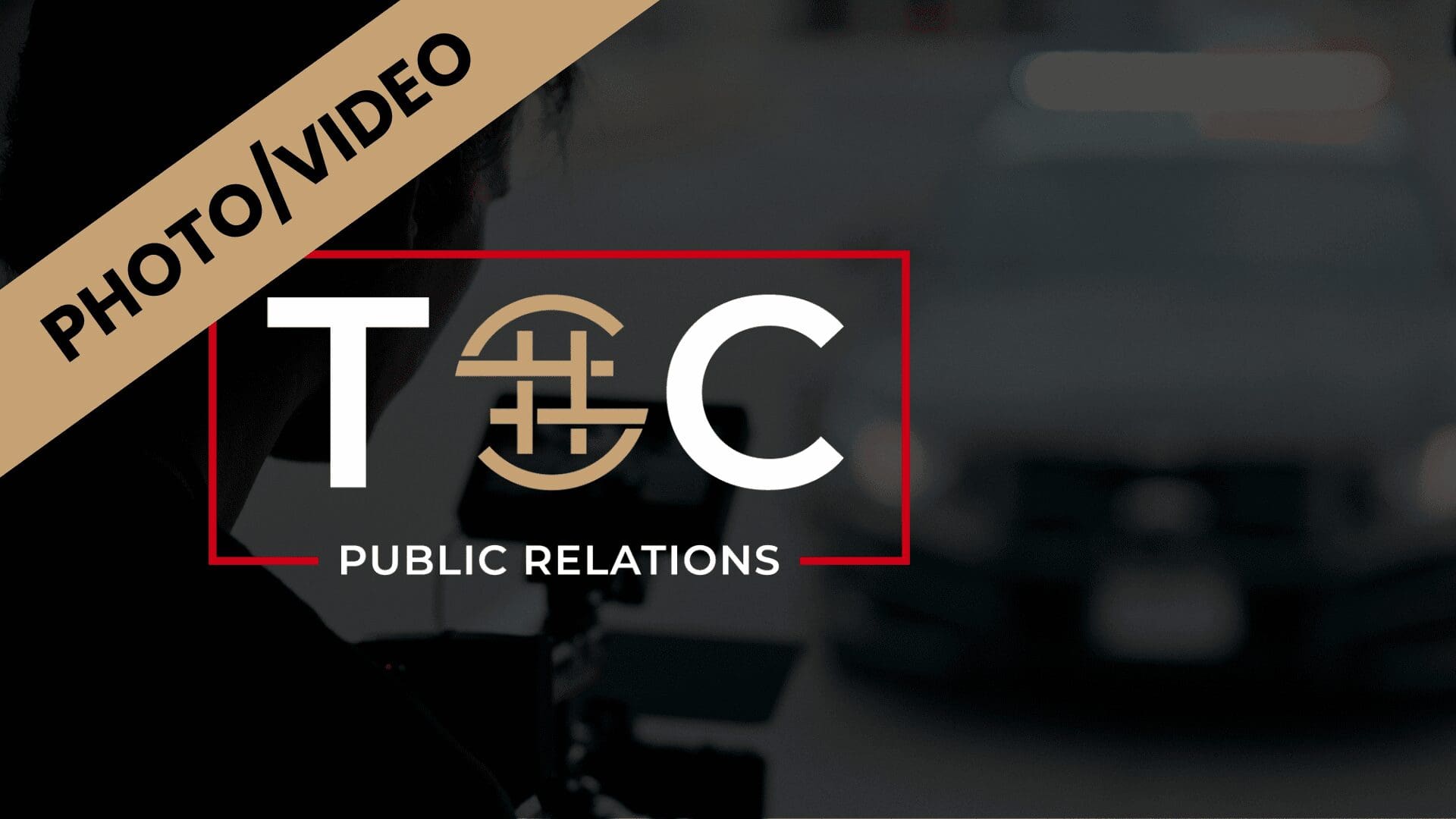We all love watching funny or entertaining videos involving those who work in a profession often surrounded by tragedies and the worst society has to offer. The men and women of law enforcement have a tough job many wish they could do, but only a few are qualified to earn the positions.
All public information officers want to see their social media efforts paying off. The consideration of embarking on a project specifically aimed at drawing attention to an agency or a specific topic is often thought about by PIOs, social media managers, government leaders, and administrators.
Unfortunately, we all can get caught up in vanity metrics – measures that look good on paper and the screen but don’t necessarily tell the real story regarding effectiveness, engagement, and reach.
As public information officers, it’s essential to be careful of chasing these vanity metrics. Instead, focus on what matters; getting your message seen by your community. Public Information Officers must consider measurable goals and actionable metrics beyond vanity metrics when tracking personal or professional progress.
Otherwise, government agencies may be spinning their wheels and getting nowhere. In this blog article, we’ll look at some key points to keep in mind regarding vanity metrics and your marketing efforts.
What Are Vanity Metrics?
Vanity metrics are a type of data often used to measure success on social media. This includes data such as likes, comments, shares, and views. While these metrics matter for reviewing your overall marketing effort, they are merely often chased for, as the name applies, vanity.
When we say that vanity metrics are “used to measure success,” we’re referring to those with a limited understanding or desire to view the data in the analytics portion of a post or platform. They simply look at the numbers under the video and make a judgment as to whether or not their content is good or not.
Unfortunately, law enforcement agencies, the fire service, and other government agencies are known to rely too much on vanity metrics. Public Information Officers may judge their online performance and effectiveness solely based on their followers or likes instead of meaningful engagement with the people in their community who they are trying to reach. Some administrators know no better, and they think the higher the number, the better.
This can lead to miscommunication and decreased efficacy when using social media for outreach and informational purposes. For government agencies, more profound values should be placed upon activities like conversations and interactions that build credibility and trust rather than shallow vanity metrics.
These are the true metrics agencies should be using.
The Increase in Numbers is Not A Good Indicator
It’s easy to get caught up in the number of followers, likes, shares, and comments received after new content is posted. However, these vanity metrics fail to capture the actual value of a police department, fire department, or city hall’s presence on social media and do not always represent meaningful engagement with the public.
When agencies focus only on vanity metrics, they can miss out on information that could help them better understand how people respond to their content and reach their target audience.
Thousands of Followers, Low Engagement Rates
Let’s use a police department, for example, to discuss a high follower/low engagement rate.
A police department may have thousands of followers but still see meager engagement rates when they post updates because most of these followers are from outside their community and may not interact with police-related content.
Most common in the law enforcement arena is comical police videos, which often rack up hundreds of thousands of views, likes, and shares. Looking at this same law enforcement agency account a few months later; you might see issues with their numbers. The vanity metrics will start making themselves present if you know what to look for.
You can easily do a little test yourself to find out if someone’s metrics are askew or just for appearances. Simply go to a page with many followers and then look at the engagement (likes and comments) on various posts. If an account has 100,000 followers, but the last post had 100 likes and ten comments, it’s safe to say a problem exists on the account. Hence, what appears at first glance as a popular or effective account or post based on the visible numbers, might be vanity metrics you’re looking at.
Is High View Counts a Vanity Metric or an Actionable Metric?
Other vanity metrics come from followers and likes on social media or blog posts with high view counts. Although these measures may appear impressive on the surface, they’re not typically indicative of how much value the agency is adding to the public safety industry. A high view count may not be a good thing in truly giving insight into the analytics of the video.
Keep in mind what the individual platforms consider a “view.” Just because someone spent ten seconds watching your three-minute video and is now counted as a “view” should not terribly excite you.
If you look past the vanity metrics and get into the analytics of either your platform or the individual content itself, you’ll find some meaningful metrics. Suppose you find the majority of your videos have steep drop-off rates (people leave or stop watching at a particular time point). In that case, you’ll want to start thinking about future strategies for creating videos that keep people watching.
Those Thousands of Followers From Another State Can Hurt Your Future Messaging Effectiveness
Let’s say your agency produces a video to grab people’s attention, and because of the content or how the video was produced, it gets significant attention. Maybe it even goes viral. Suddenly, more and more people begin liking, sharing, and commenting on your video, and people from all over the country begin following your agency.
Your posts following the posting of this “viral” video may be on mundane subjects, such as a road closure, an upcoming city council meeting, or promotions in the fire department.
Do you think these posts will get the same engagement as the video everyone seemed to love? Sure, you’ll have elevated engagement on these posts, and you may even find more people in your community who weren’t following you are now following you as they start seeing your content in their feeds.
Unintentionally, you just added some data that will alter your metrics.
Vanity Metrics Matter to The Algorithms
Because that video helped you get an increased or high level of followers, the algorithm will see your follower count and use this in its computations.
When the engagement with the viewers starts a decline, this could be an indicator that people don’t like your content in the algorithm’s eyes.
Couple this with people who chose to follow you, hoping you would continue to produce the same level of video as the viral one, who suddenly stop following you. Those people realize you have nothing of value to offer them because they have nothing to do with your community.
When the algorithm starts seeing the decline in your analytics, it no longer pushes your content in front of others, as it favors higher “vanity metric” numbers.
Your Content Must Be Consistent with Your Marketing Mission
Agencies should focus on content that is meaningful and relevant to their community. This includes public safety announcements, police activities, crime alerts, city events, and other local topics encouraging conversation and engagement with agencies.
It’s also essential to ensure posts balance serious matters and more lighthearted updates, so people don’t feel overwhelmed or stressed.
Up Your Game to Reach Further
So how can you get more reach in your community if you can’t create a funny viral comedy or music video?
It’s simple. Just produce high-quality, easy-to-understand, socially acceptable content. Do your research to see what’s working on social media regarding photo aesthetics, video aesthetics, timing, etc.
And most importantly – maintain consistency. Consistency in style, consistency in quality, and consistency in overall messaging. This is also why agencies should limit the number of people who can post or create content on behalf of the agency.
Are Social Media Metrics the Same As Vanity Metrics?
Depending on what level you are looking at it, social media metrics can be the same as vanity metrics. If you’re looking at the numbers you see right under the video without diving in further to determine what makes up the results, then you’re looking at vanity metrics.
Actionable Metrics vs. Vanity Metrics
Actionable metrics are the part of the social media metrics that you want to pay attention to. These numbers can help departments look past the vanity metrics and strive to measure meaningful engagement with the community.
Given the example above about the vanity metrics of a video being viewed, the actionable metrics are the deeper data you want to know. Metrics such as how long viewers watched a video, what part of the video was the most viewed, or what viewers did after watching can reveal good information to steer your marketing efforts in the future.
Business Objectives in Police Marketing
All too often, government organizations and public safety agencies are not looked upon as a business. People within those entities themselves have been led to believe they are something other than a business.
Regarding what we’re discussing in this article, law enforcement agencies, the fire service, and government agencies need to look at themselves as businesses. After all, they’re trying to accomplish similar goals as retail and commercial businesses; getting their brand, product, and service out in front of people.
For you, the agency is the brand. The product is the people, equipment, divisions, programs, and events you have. The service is the response to calls, permits, capturing criminals, saving lives, and resolution of problems.
Monitoring Demographics and Sentiment Should Be Part of Your Business Objectives
It’s also essential to monitor the demographics associated with these metrics; this can help agencies determine if they are reaching their desired audience.
Additionally, you should consider tracking sentiment analysis of your content; this can give valuable insight into how the public perceives your messages.
Define Your Objectives
To define objectives, agencies should identify what they hope to achieve by being active on social media platforms. They should also review their current performance metrics and benchmarking data so they can make informed decisions about what goals are realistic and achievable.
Once agencies have clarity on their objectives, they can start crafting content that resonates with their target audience. This could include sharing news updates, launching campaigns or contests, conversing with followers, and responding quickly to inquiries or concerns.
Don’t Be Afraid To Ask The Community
To go even further in understanding what impact an agency’s content is having on its intended audience, they can consider conducting surveys or focus groups after posts have been shared.
This way, they can get direct feedback from their followers about what types of content resonate best with them and which topics should be avoided to maintain credibility and trust.
Clearing Up The Confusion and Keeping it Simple.
So we’ve discussed vanity metrics, social media metrics, and actionable metrics in this article, and you may be asking yourself, “Just tell me what to look for!”
The short answer is this; you’ll need to go past the numbers you see on the screen below the video or content and go into the analytics for the actual post. Look at all the data to see if it met your marketing goal or objective. If you see numbers that reveal something went wrong in attaining your objective, then this may help you in the planning of future content.
Don’t Completely Ignore Vanity Metrics
In conclusion, while vanity metrics can be valuable tools to measure progress toward gaining widespread attention for an agency’s message or mission statement, they should not be the only metric used to judge success or failure when creating public safety or government-related content for social media platforms.
Agencies must look beyond vanity metrics and strive to track meaningful engagement with their community to gauge how effective their outreach efforts are.
Whether you are a city government, a law enforcement agency, or a fire department, you need to focus your marketing efforts on social media in a specific way to attain your goals. This means creating a well-defined strategy that includes setting objectives, understanding the target audience, monitoring analytics and feedback, and taking action based on the insights gained.
More Information About Metrics
View Account Insights on Instagram


